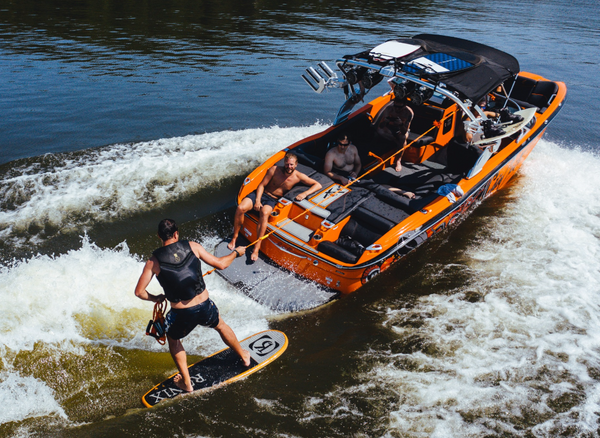Yo, dude! If you're just getting into surfing, you might be wondering what the heck are surfboards even made of? Well, let me tell you, it's pretty gnarly. Your board is kind of like Han Solo's Millennium Falcon, except maybe not quite as flashy. So, are you ready to hang ten with mother nature and ride those waves?
Foundation of Every Board
Surfboards are made from a variety of materials, but are typically composed of fiberglass and polyester resin, applied over a foam core.
Inner Core
Most modern boards have urethane foam cores that serves a couple of purposes. It gives the board its shape and makes it buoyant.
Outer Skin
There are other common outer skin materials each with its own pros and cons. Some surfboards are made of foam, fiberglass, and carbon fiber.
Foam boards are usually the first type of board that most people buy when they start surfing. They are easier to ride and more buoyant than other materials like fiberglass or carbon fiber boards. They're great for beginner surfers.
Fiberglass boards are more expensive than foam boards and offer better performance because of their greater maneuverability. They are also lighter and more durable than foam boards and can last for years if well-taken care of. The downside is that these boards are not as forgiving if you happen to make a mistake while riding them.
Carbon fiber boards are lighter than both foam and fiberglass boards and offer superior performance due to their strength and stiffness compared to other materials. Unfortunately, carbon fiber boards can be quite expensive compared to other materials like foam or fiberglass.
Bonding Agent
Using resin on a surfboard is an integral part of manufacturing and repairing the board. Resin allows for the different pieces of the board to adhere together, creating a stronger bond than just gluing them would produce. It also creates a waterproof seal that will protect your board from damage due to water seeping in and weakening its structure. Not only does this make for a more durable and longer lasting surfboard, but it also helps with performance when slicing through waves or popping off airs on huge swells.
There are several types of resin used in surfboard construction: epoxy, polyurethane, polyester, vinyl ester, etc., but most commonly used are either epoxy or polyester resins.
Epoxy resin provides superior strength and durability compared to other resins because it sets hard/rigid which increases its resistance against impact and wear-and-tear over time.
Polyester resin is cheaper than epoxy. However, it’s not as strong or as durable making it best reserved for constructing beginner boards intended for lighter use or just having fun in the waves.
Whichever you choose to use comes down to personal preference at the end of the day though!
Surfboards have come a long way from their humble beginnings as solid wooden planks. Modern boards are designed with materials that improve performance while still being lightweight enough for easy transport - just like the Millennium Falcon! With their combination of fiberglass, inner foam cores, and epoxy resin coatings, today's boards are faster than ever before and offer plenty of pop for surfers looking to take on some waves.
Happy shredding!









